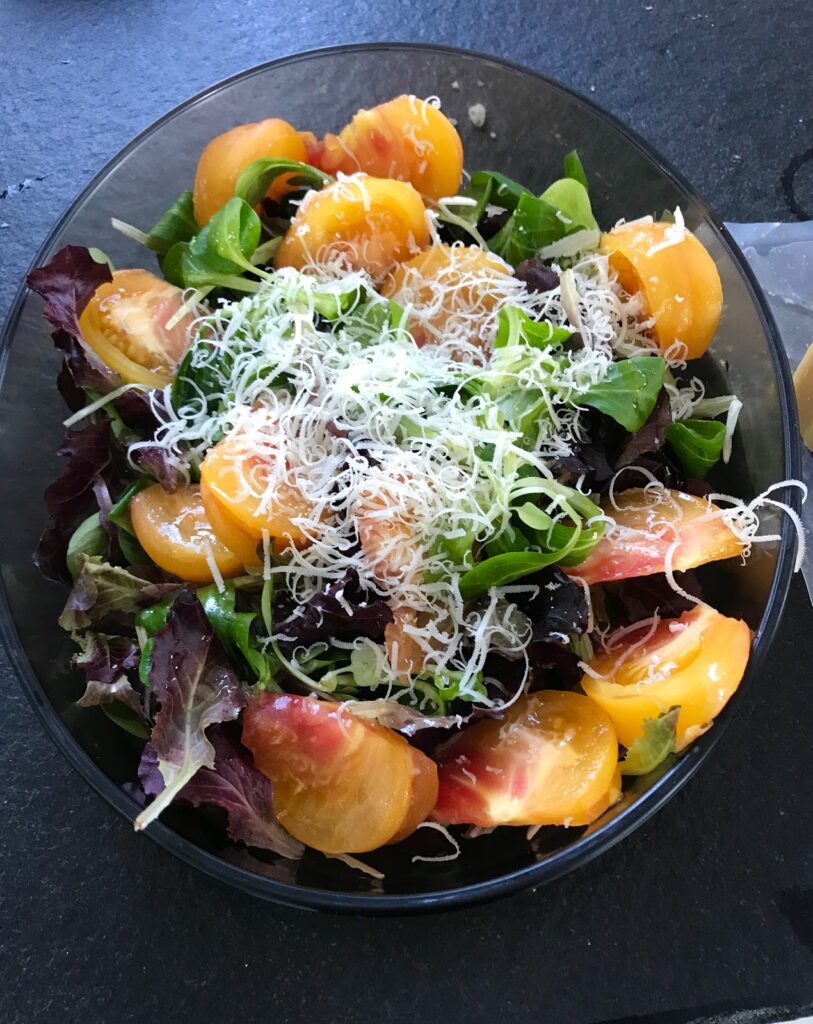
The physician treats, but nature heals. – Hippocrates
Get into the Great Outdoors
Did you know that June is Great Outdoors Month? This month-long celebration is dedicated to exploring, appreciating and celebrating the diverse landscapes across the United States. In our last blog we closed with encouraging clients/patients to get outside to cultivate zest. Expanding on that, in “blue zones”, which are regions of the world where people have a longer life expectancy and lower rates of chronic disease than average, a big part of lifestyle is getting outside. It’s well-documented that just 20 minutes outside changes the entire biochemistry of the body, and experiencing nature is free!
The EPA (2021) reports that Americans spend an average of 90-94% of their time indoors. We recently learned that the American Medical Association is actually looking at a “nature deficit disorder”. Author Richard Louv, advocate for a nature-rich life, encourages that getting out in nature gives “a booster shot of Vitamin N (nature)” as he calls it. Interestingly in Canada, providers are giving out National Park Pass “prescriptions” to get people outside.
Experiencing the great outdoors brings mental, physical, emotional, spiritual, and social benefits. It helps regulate sleep and circadian rhythm, and Vitamin D production. Whether taking a walk, or just taking in the great outdoors, studies show that simply being in nature boosts energy. It also benefits the ADCES self-care behaviors of Healthy Coping and Being Active. Check out our past blog on the benefits of being in nature.
Here are 8 tips to make the most of experiencing the great outdoors:
- Practice presence and mindfulness. Be fully present in the moment on purpose.
- Keep it simple – just walk outside and sit on the steps.
- Find something you enjoy in nature – maybe it’s watching birds.
- Take a few more steps to help improve balance and flexibility.
- Go outside with someone or a pet – be social.
- Dig in the soil, even a flower pot or raised container. It is therapeutic.
- Express gratitude for the sights and sounds you experience.
- Get back out as often as you can and imprint what you see.
If there are periods where you aren’t able to be outside, bring the outside in! Here are 5 of our favorites:
- Surround yourself with plants (real or artificial) and natural materials.
- Open the blinds and let in daylight.
- Try using a light machine to expose yourself to full spectrum light.
- Play nature sounds on a sound machine or YouTube (such as chirping birds, babbling brook, rain, ocean waves).
- Experience nature virtually through nature scene videos on YouTube.
We have been experiencing the great outdoors ourselves and thought you would enjoy a peek at some of the scenes that have inspired us recently!









If you are a health care professional and interested in learning more about our solution-focused practice and approach, when you subscribe to our blog, we’ll send you in return a FREE resource of 10 Solution-Focused Questions to start a solution-focused discussion with your clients.
Follow us on Twitter @AFreshPOVforYou
Deb is employed by Dexcom, but her words and opinions in this blog are her own.
Tami is employed by the University of Kentucky HealthCare Barnstable Brown Diabetes Center, but her words and opinions in this blog are her own.




